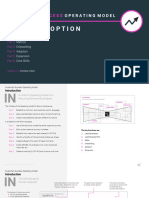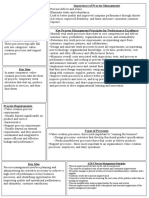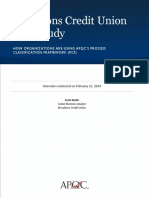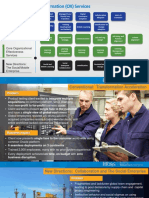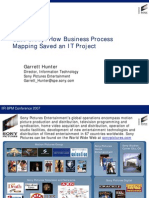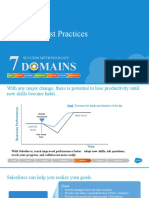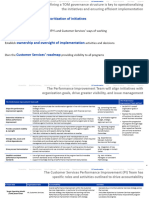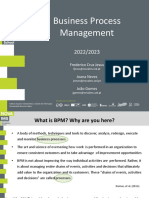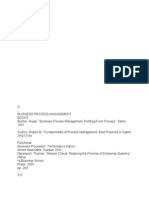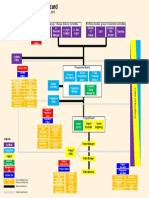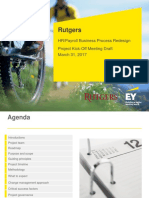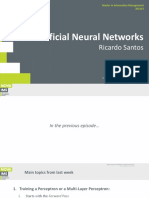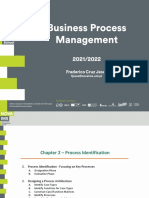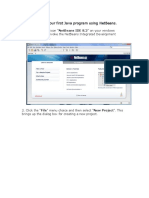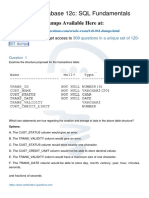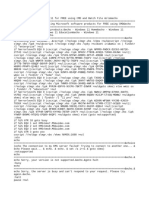0% found this document useful (0 votes)
360 views80 pagesChapter 7 - Process Redesign
This document discusses process redesign. It begins by explaining that process redesign is necessary because both internal and external environments change over time, requiring processes to evolve. It then differentiates between transformational and transactional redesign methods. Transactional methods focus on incremental changes using heuristics to optimize processes for cost, time, quality, and flexibility. Several heuristics are described at the task, flow, and process level, including eliminating unnecessary tasks, resequencing tasks, and standardizing resources.
Uploaded by
sidra shafiqCopyright
© © All Rights Reserved
We take content rights seriously. If you suspect this is your content, claim it here.
Available Formats
Download as PDF, TXT or read online on Scribd
0% found this document useful (0 votes)
360 views80 pagesChapter 7 - Process Redesign
This document discusses process redesign. It begins by explaining that process redesign is necessary because both internal and external environments change over time, requiring processes to evolve. It then differentiates between transformational and transactional redesign methods. Transactional methods focus on incremental changes using heuristics to optimize processes for cost, time, quality, and flexibility. Several heuristics are described at the task, flow, and process level, including eliminating unnecessary tasks, resequencing tasks, and standardizing resources.
Uploaded by
sidra shafiqCopyright
© © All Rights Reserved
We take content rights seriously. If you suspect this is your content, claim it here.
Available Formats
Download as PDF, TXT or read online on Scribd
/ 80


